Chinese Beverages: Basic Overview
Common Ingredients
Common Preparing Methods
Key Taste
Drinking Etiquette
Culinary Festivals
Influence and Fusion
Classifications of Chinese Beverages
-
Alcoholic
They are typically made from grains like sorghum, rice, barley, or wheat.
The alcohol content ranges from light to strong.
Not all Chinese fermented alcoholic beverages are gluten-free, especially those that form barley or wheat.
-
Non-Alcoholic
These options primarily include a variety of teas and other traditional drinks that are normally served warm or hot.
There are some beverages offering a delightful combination of refreshment and indulgence.
Chinese beverages are typically made and consumed by Chinese people. They are available in alcoholic and non-alcoholic options.
Many are traditional beverages with centuries of historical significance (e.g., tea and Baijiu), while others have been popular in the last few decades, like bubble tea.
Tea is the most consumed Chinese beverage. Furthermore, many Chinese drinks are often used alongside meals as a complement to the flavors and textures of dishes.
I will go over popular Chinese drink options. For each, I will focus on its characteristics like flavors, historical background, and other fascinating information.
In addition, many insights into traditional drinking culture and the global appeal of Chinese drinks are waiting for you to learn.
To give you a full overview of Chinese beverages, you’ll also learn how to pair them with Chinese delicacies.
Here are the most popular 18 drinks in the country.
18 Popular Chinese Beverages with Filters
Let’s look at the top 18 beverage choices from China, listed according to popularity. This guide delivers extensive information on ingredients, appearance, flavor, and history. Or you can use the filter for a quicker search.
Here, it also provides some key points about traditional, national, fusion, or street drinks in China.
Green Tea
- Non-Alcoholic
- National
- Traditional
Green tea is an ancient Chinese drink made from Camellia sinensis leaves and buds that have not undergone the withering and oxidation process.
Instead, green tea is only pan-fried lightly before being steeped in hot water, resulting in a light green color and an aroma like fresh-cut grasses.
This non-alcoholic drink offers a fresh, subtle flavor, light green color, and mellow, soothing taste.
The brewing process for green tea requires lower water temperatures (around 170° F) and shorter brewing times compared to black or oolong teas
Black Tea
- Non-Alcoholic
- Traditional
Black tea is a traditional Chinese drink that is excellent at complementing the flavors of Chinese foods with strong flavors, whether sweet or savory.
This type of tea is more intense than green tea because of having dried and fermented tea leaves as the main ingredient.
The oxidation levels affect black tea’s appearance: the higher they are, the darker the tea becomes.
Baijiu
- Alcoholic
- National
- Traditional
Baijiu is a strong Chinese grain spirit and potent beverage. Considered China’s national beverage, Baijiu is a social lubricant that appears at many feasts and banquets in the country.
Baijiu boasts an alcohol content between 35% and 65% and a distinctly sweet and sour taste.
The main ingredients of Baijiu are fermented sorghum, water, and optional ingredients like sticky rice or wheat. Some versions are even infused with fruits, namely pomelos, goji berries, Chinese hawthorns, and plums.
Moutai or Maotai is a premium Baijiu variety with a savory profile, while Erguotou is a type of inexpensive and light aroma Baiju.
Huangjiu
- Alcoholic
- Traditional
Huangjiu (aka yellow wine) is among the most authentic beverages in China, with the alcohol content ranging from 8% to 20%.
The color of Huangjiu can range from pale yellow to amber, and it has a variety of flavor profiles, from sweet to semi-sweet to dry.
The production process of Huangjiu involves complex fermentation techniques and often includes the use of a unique Chinese fermentation agent known as “qu,” which is a combination of various molds, yeasts, and bacteria.
Soybean Milk
- Non-Alcoholic
- Street Beverages
- Traditional
Soy milk is one of the most delicious Chinese breakfast drinks.
Locals prepare it by boiling soybean flour in water and filtering out any solids before adding aromatics (if any), creating an easily digestible and nutritious drink.
This protein-rich and alcohol-free beverage has been widely loved in China since the Eastern Han dynasty more than two thousand years ago.
Warm soy milk and youtiao is a popular breakfast combo in many parts of China and Taiwan.
Bubble Tea
- Non-Alcoholic
- Street Beverages
Bubble tea (or pearl milk tea) features tea (black, green, or oolong), milk, sugar, and chewy tapioca pearls. The last ingredient creates the “bubbles” in bubble tea.
Originating in Taiwan around the 1980s, bubble tea has won Chinese affection and that of many Western countries.
Bubble tea can be served either hot or cold and is usually shaken to ensure all the ingredients are well-mixed. Bubble tea can be considered a dessert as well.
Health-friendly versions of bubble tea often contain fruit pieces and fruit juices, with lychees, persimmons, and kiwis being popular options.
Oolong Tea
- Non-Alcoholic
- Traditional
Oolong tea is a famous Chinese drink and a cross of green and black tea in terms of flavors. It’s a semi-oxidized tea variety with a uniquely floral, fruity, and nutty flavor.
Adjusting the oxidation is laborious work that drives up the production cost of oolong tea. The good news is that oolong is one of the most health-beneficial tea types.
Coming from Fujian province, Tieguanyin, literally “Iron Goddess of Mercy,” is one of China’s best oolong tea varieties.
Pu’er Tea
- Non-Alcoholic
- Traditional
Pu’er tea (also called pu-erh tea) is an expensive Chinese beverage created by ethnic groups in Yunnan province.
This tea variety offers such an earthy and woody taste. But the aftertaste is delightfully sweet and mellow, making rich dim sum much more addictive.
Pu’er tea is a fermented tea made by traditional methods and extensive aging. However, the raw (non-fermented) counterpart is also worth trying.
This Chinese tea comes in various packaged forms, such as cakes, bricks, or mushrooms. Yunnan is the best place to find high-quality pu’er tea.
White Tea
- Non-Alcoholic
- Traditional
White tea has a subtly sweet taste and floral fragrance. White tea is best enjoyed without sugar or milk.
This type of low-caffeine tea comes from the mountainous Fujian province in southeastern China.
Local people harvest the young tea buds and leaves in the early season when they still have snowy white hair, hence the name.
Jasmine Tea
- Non-Alcoholic
- Traditional
Jasmine tea is basically green or black tea scented with jasmine blossoms. This is achieved by layering the tea leaves with jasmine petals.
Originating in China during the Song Dynasty, jasmine tea is celebrated for its delicate, subtly sweet aroma and flavor.
It is often consumed after meals or in the evening.
Chrysanthemum Tea
- Non-Alcoholic
- Traditional
Chrysanthemum tea is a traditional Chinese beverage made from dried chrysanthemum flowers. It has a delicate, floral aroma and a light taste that is slightly sweet with a hint of earthiness.
The color of the brewed tea can range from pale to bright yellow, depending on the type of chrysanthemum flowers used and the brewing time.
It is typically served hot but can also be enjoyed as a refreshing cold beverage.
Chrysanthemum tea is believed to have cooling effects on the body. However, only two or three servings per week are recommended.
Mijiu
- Alcoholic
- Traditional
Mijiu is a type of Chinese wine derived from sticky rice.
All Mijiu varieties share a combination of distinct sweetness and mild sourness. Also, their standard alcohol content is usually between 15% and 20%. Mijiu needs to be served warm.
Many Chinese people like to flavor Mijiu with fragrant flowers to create scented wine. The most famous Mijiu of this kind is osmanthus wine.
Beer
- Alcoholic
- Fusion
Beer in China is generally characterized by its light, crisp, and often mildly hoppy flavor, typically falling into the larger category.
These beers are usually pale in color and have a relatively low alcohol content, often around 3-5%.
Renowned beer brands in China are Tsingtao beer, snow beer, Yanjing beer, Wusu beer, and Sinkiang black beer.
Jiuniang
- Alcoholic
- Traditional
Jiuniang (also known as sweet rice wine) is a well-known Chinese drink and soup-like sweet treat.
It’s made from glutinous rice fermented with a yeast starter called “qu.” The low alcohol content of Jiuniang, between 1% and 2%, makes it a terrific digestif.
Overall, jiuniang is a milky-white, aromatic, and slightly sweet treat with soft rice grains. It can be consumed on its own as a sweet drink or dessert, often served warm.
Suanmeitang
- Non-Alcoholic
- Traditional
Suanmeitang (or sour plum drink) is a traditional Chinese beverage known for its distinctive sweet and sour flavor.
This drink is made from smoked plums, known as “suanmei,” along with other ingredients like osmanthus flowers, hawthorns, licorice, and sometimes sweetening agents like rock sugar or monk fruit extract.
The process of making Suanmeitang involves boiling these ingredients together, resulting in a deep, reddish-brown liquid.
Suanmeitang is often consumed during the hot summer months in China as it is believed to have cooling properties.
Leung Cha
- Non-Alcoholic
- Traditional
Leung cha, or cooling tea, is a traditional beloved Chinese beverage and herbal tea hailing from Guangdong.
This traditional Chinese herbal tea is typically made from sweeteners and various herbs and plants, such as chrysanthemum, honeysuckle, mulberry leaves, and lotus leaves.
The resulting taste is a combination of sweet, bitter, and earthy notes with a lot of floral fragrance.
Cooling tea is a beverage during summer months since locals believe it balances the body’s internal temperature and alleviates heat-related discomforts.
Kombucha
- Non-Alcoholic
- Exotic
Kombucha is a thirst-quenching Chinese option with addictively tart, fruity, and almost sweet flavors.
While kombucha is originally Chinese, its name is a Japanese loan word. Chinese people usually refer to it as “hong cha jun,” meaning “black tea mushroom” in China.
The most popular way to make kombucha is to ferment black or green tea (or both) with bacteria or yeast.
Since kombucha contains very little alcohol (less than 5%), it is counted as a non-alcoholic drink.
Yunnan Coffee
- Non-Alcoholic
- Traditional
Yunnan coffee refers to coffee produced in the Yunnan province of China.
Arabica Catimor, Typica, and Bourbon coffee varieties were grown in Yunnan in the 1980s and eventually became famous throughout China.
The fruits they produce have a delicious fragrance and a fruity sweetness that tastes just right. In fact, all Starbucks outlets in mainland China use Yunnan coffee.
It is great to sip Yunnan coffee with desserts, pastries, and certain main dishes.
What is The Role of Chinese Beverages in Chinese Cuisine?
Chinese drinks are vital to local cuisine in that they complement the flavors of foods, aid digestion, and convey cultural significance. They perfectly embody these values as below.
Cultural Significance
Some beverages, like Baijiu and Huangjiu, are often consumed during festivals, celebrations, and banquets, playing a crucial role in social rituals and toasts.
The traditional Chinese tea ceremony, known as gongfu cha, is an important part of Chinese cuisine.
Medicinal Properties
Many traditional Chinese beverages, such as herbal teas like Leung cha and chrysanthemum tea, are valued for their medicinal properties.
Balance and Harmony
Choosing beverages to go with dishes is important for enhancing flavors and the overall dining experience.
How To Pair Beverages with Dishes in China?
Here are some guidelines for creating harmonious pairings of drinks with Chinese food delights.
Tea
Light teas like green tea or oolong are traditionally paired with dim sum. Some tea varieties also go well with various Chinese foods, such as stir-fries and rich stews.
Baijiu
Baijiu pairs well with bold and spicy dishes, such as Sichuan cuisine. The intensity of Baijiu complements the robust flavors of these dishes.
Huangjiu
Huangjiu wine is good to go with delicately flavored dishes, like steamed fish or light vegetable dishes, complementing without overpowering their flavors.
Beer
Light Chinese beers like Tsingtao are excellent with casual, fried, or street foods.
In short, enjoying Chinese beverages is an excellent way to enjoy the cuisine to the fullest. So find your beloved treat, and tell me how you feel about them in the comment section. I’m dying to know!
And don’t forget to introduce your friend to this compilation of Chinese drinks.



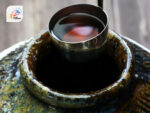

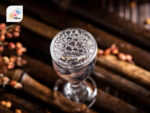
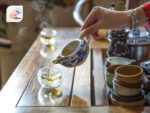

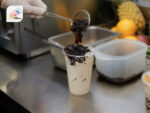
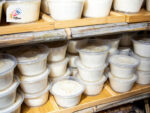
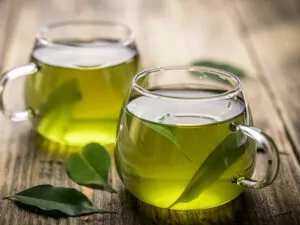
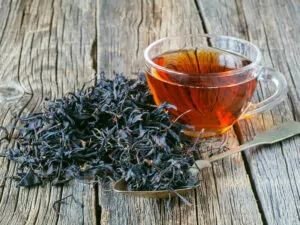
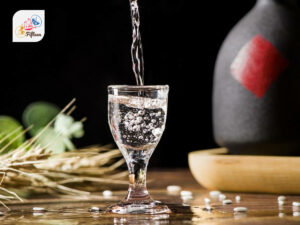
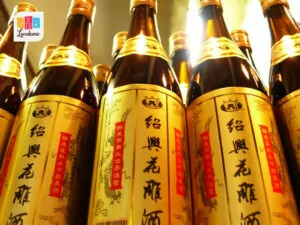
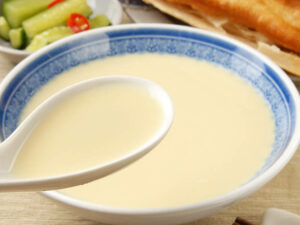
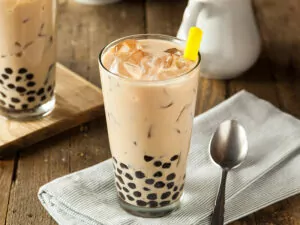
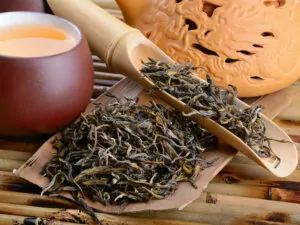
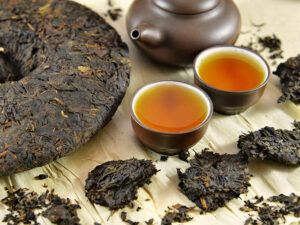
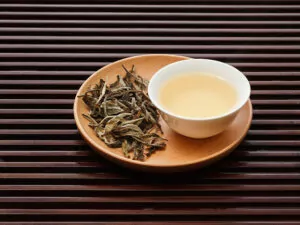
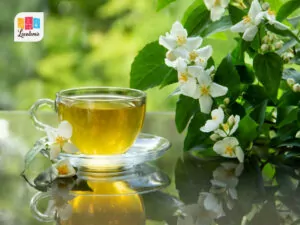
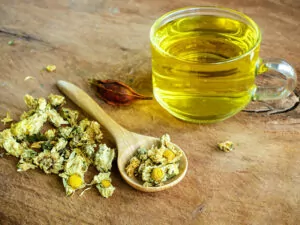
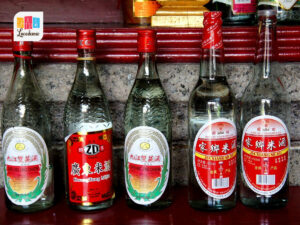
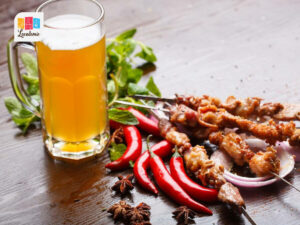
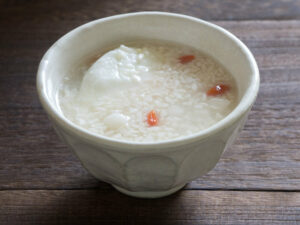
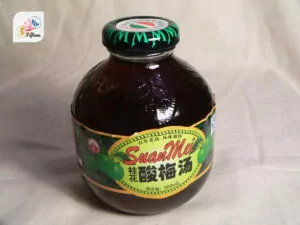
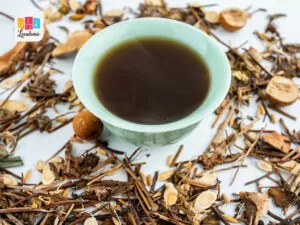
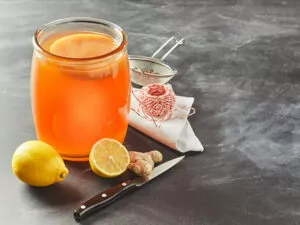
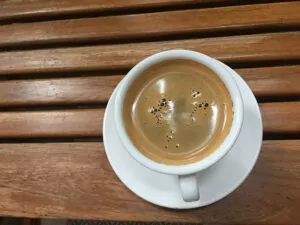
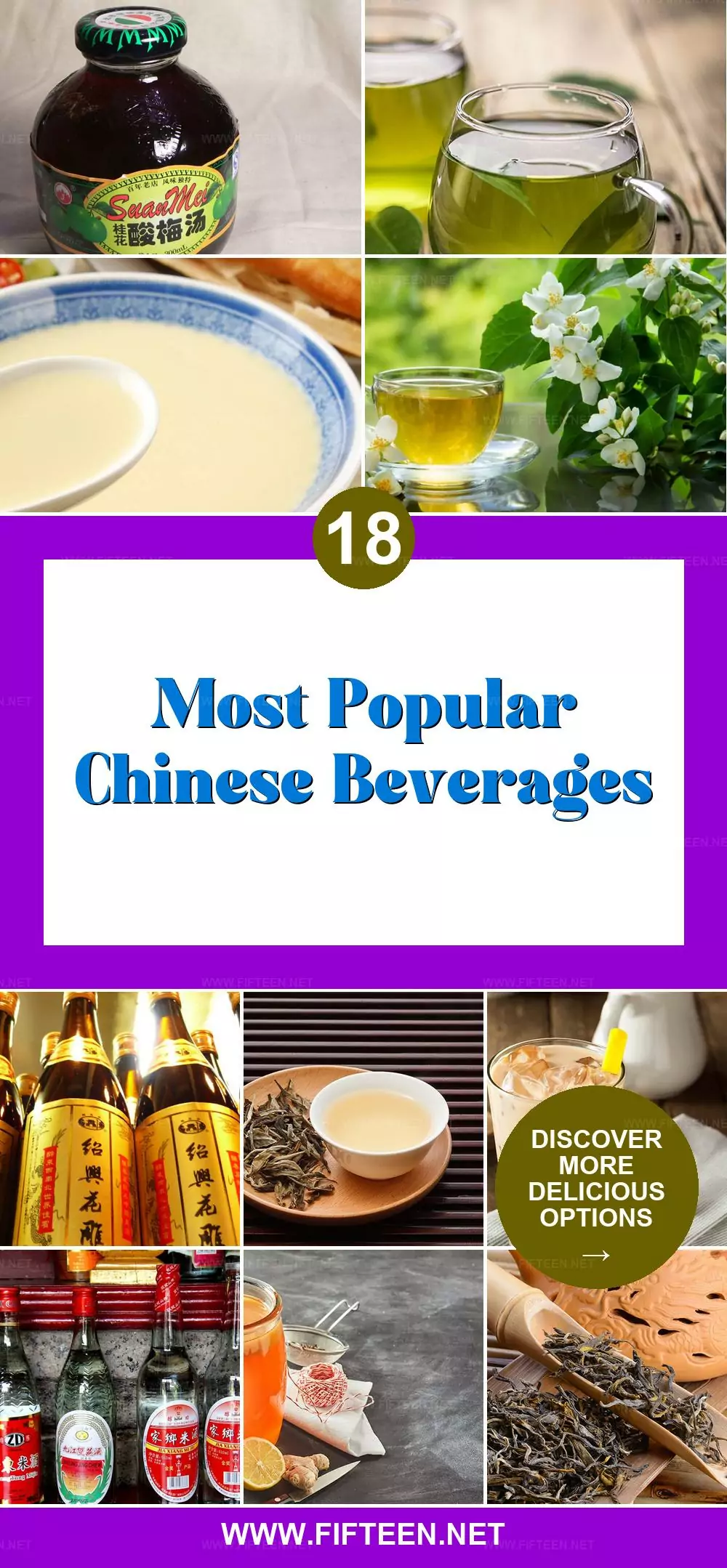
Jamie Scott
Editor in Chief, Senior Content Writer
Expertise
Home Cooking, Meal Planning, Recipe Development, Baking and Pastry, Food Editor, Cooking-video Maker, Western Food Evaluation Expert
Education
Le Cordon Bleu College of Culinary Arts
Local Community College, New York, NY
Jamie Scott is a skilled culinary expert and content creator specializing in Western cuisine. With over 15 years in the culinary field and formal training from Le Cordon Bleu, Paris, Jamie deeply understands how to blend nutrition with delicious flavors. His passion for cooking matches his commitment to making healthy eating accessible and enjoyable.
On Fifteen.net, Jamie brings a fresh perspective to classic dishes and beverages, offering readers insightful recipes, cooking tips, and a fresh view on meal planning that emphasizes taste, health, and simplicity.